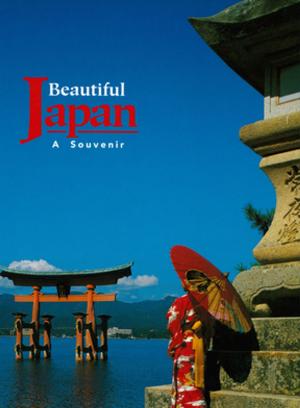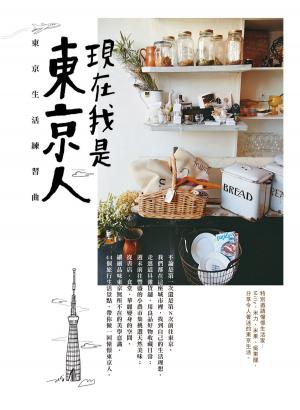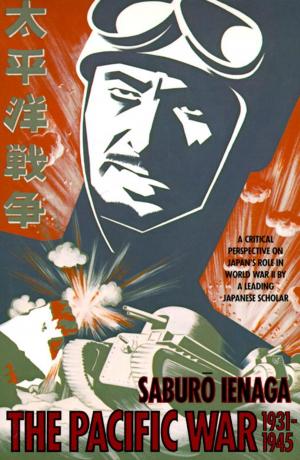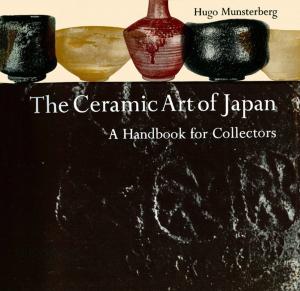| Author: | Rei Kimura | ISBN: | 1230000025391 |
| Publisher: | Mehta Publishing House | Publication: | October 17, 2012 |
| Imprint: | Language: | English |
| Author: | Rei Kimura |
| ISBN: | 1230000025391 |
| Publisher: | Mehta Publishing House |
| Publication: | October 17, 2012 |
| Imprint: | |
| Language: | English |
“Like a Willow Tree…”
A willow tree, soft and flowy on the outside, unbreakable and strong on the inside, left to brave the lashings and extremities of wind and storm but never quite breaking
Hanako Ishigaki was just 9 years old when her father decided to uproot the family from traditional and beautiful Kyoto and migrate to Hawaii.
“You are not uprooting this family to some strange outlandish place where we will have to start all over again and maybe never be accepted,” his wife ranted. “Why, Kazuo? Why? We are Japanese and we should live here till the day we die.”
But this was one time Kazuo Ishigaki refused to budge.
We follow Hanako’s arduous journey to Hawaii on a passenger liner and the shock of finding no one waiting for them there. By a sheer stroke of luck, if one could call it that, the Ishigaki family , used to much better times and lives, ended up in Kauia Island in a Japanese settlement called Furusato to work in a sugar plantation alongside thousands of Japanese migrants. The book describes the colorful lives of the Japanese migrant community in Hawaii in the eyes of the young Hanako and the conflict of two cultures, east and west.
How eventually did Hanako end up in the big city, Honolulu, where she was to meet James Robertson and start a love affair that was to span and survive 35 years of separation, war and betrayals to end one cold afternoon in a sterile hospital room where the loose ends of two people’s lives and passion finally came together to find closure.
And then, one day, at the peak of the post Pearl Harbor backlash on Japanese Americans, when Hanako thought that living behind barbed wires at the Japanese American internment camp of Manzaner, they had hit rock bottom, there was that dreaded knock on the front door and a soldier served a deportation order to Japan on them…..
This story is told against a gripping backdrop of war and the horrors and humiliations of the Japanese American war internment camps following Pearl Harbor. But even in the most dire and hopeless circumstances people can dream and Hanako and her best friend, Melanie Tanaka dreamt of pitching their unusual talent in fashion designing into the world of haute couture and high fashion. The odds against them were as unscalable as Mount Fuji in winter but dreams were free….
As the overcrowded ship carrying hundreds of deportees labeled “enemy aliens” approached the shores of Japan, Hanako told herself firmly. “We’re going to be all right here, I’m sure of that!”
Was she right? Or would things get really bad before they became better? So many things happened to shake and test the strength of this willow tree that readers may ask how did she continue to get up after each blow?
This book is based on the true story of the turbulent life of Hanako Ishigaki as she was tossed around by the winds of migration, war internment camps and an incredibly unlikely and impossible love affair woven into it to add poignance to a story of great courage and determination to survive and succeed against all odds.
How will it end?
“Like a Willow Tree…”
A willow tree, soft and flowy on the outside, unbreakable and strong on the inside, left to brave the lashings and extremities of wind and storm but never quite breaking
Hanako Ishigaki was just 9 years old when her father decided to uproot the family from traditional and beautiful Kyoto and migrate to Hawaii.
“You are not uprooting this family to some strange outlandish place where we will have to start all over again and maybe never be accepted,” his wife ranted. “Why, Kazuo? Why? We are Japanese and we should live here till the day we die.”
But this was one time Kazuo Ishigaki refused to budge.
We follow Hanako’s arduous journey to Hawaii on a passenger liner and the shock of finding no one waiting for them there. By a sheer stroke of luck, if one could call it that, the Ishigaki family , used to much better times and lives, ended up in Kauia Island in a Japanese settlement called Furusato to work in a sugar plantation alongside thousands of Japanese migrants. The book describes the colorful lives of the Japanese migrant community in Hawaii in the eyes of the young Hanako and the conflict of two cultures, east and west.
How eventually did Hanako end up in the big city, Honolulu, where she was to meet James Robertson and start a love affair that was to span and survive 35 years of separation, war and betrayals to end one cold afternoon in a sterile hospital room where the loose ends of two people’s lives and passion finally came together to find closure.
And then, one day, at the peak of the post Pearl Harbor backlash on Japanese Americans, when Hanako thought that living behind barbed wires at the Japanese American internment camp of Manzaner, they had hit rock bottom, there was that dreaded knock on the front door and a soldier served a deportation order to Japan on them…..
This story is told against a gripping backdrop of war and the horrors and humiliations of the Japanese American war internment camps following Pearl Harbor. But even in the most dire and hopeless circumstances people can dream and Hanako and her best friend, Melanie Tanaka dreamt of pitching their unusual talent in fashion designing into the world of haute couture and high fashion. The odds against them were as unscalable as Mount Fuji in winter but dreams were free….
As the overcrowded ship carrying hundreds of deportees labeled “enemy aliens” approached the shores of Japan, Hanako told herself firmly. “We’re going to be all right here, I’m sure of that!”
Was she right? Or would things get really bad before they became better? So many things happened to shake and test the strength of this willow tree that readers may ask how did she continue to get up after each blow?
This book is based on the true story of the turbulent life of Hanako Ishigaki as she was tossed around by the winds of migration, war internment camps and an incredibly unlikely and impossible love affair woven into it to add poignance to a story of great courage and determination to survive and succeed against all odds.
How will it end?















